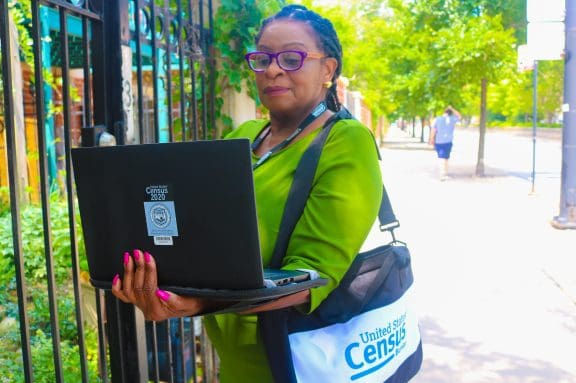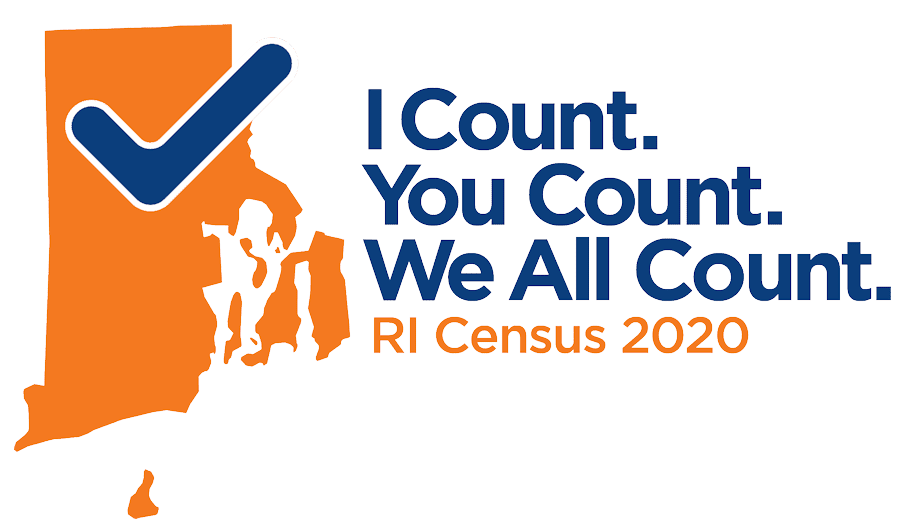Search Posts
Recent Posts
- GriefSPEAK: Dumpster diving for memories – Mari Nardolillo Dias March 28, 2025
- Rhode Island Weather for March 28, 2025 – Jack Donnelly March 28, 2025
- Outdoors in RI: Tree Stewards, Ag and Seafood funding, Educator training, Yellow shirts a 2A force March 28, 2025
- Sports in RI: Burrillville High School’s QB, Logan Gelinas – John Cardullo March 28, 2025
- Sturdy (Hospital) bringing in Dana-Farber to transform Cancer care in area. Opening 2026. March 28, 2025
Categories
Subscribe!
Thanks for subscribing! Please check your email for further instructions.

2020 Census launches national advertising & promotion campaign
Today, the promotional and communications effort to support Census 2020 began with a live press conference participated in remotely by media outlets from all over the world.
A series of print, video, radio, etc. materials were debuted. It was said that if you were to look at them all in one sitting, it would take 6 hours to complete. More than 1,000 individual materials have been developed.
The ads are estimated to reach 99% of US households, multiple times, and are in 13 different languages. 60-67% of self-responders are expected to respond online.
The very first people to be counted are in Alaska, and true to tradition, the 2020 Census will count the first person in Toksook Bay, Alaska, a community of 600. Here is the spot supporting this effort which will be completed in a few days:
People will be asked to complete online, in person and through the mail. Every person living in your house on April 1st should be included in your count.
There are also hundreds of thousands of temporary jobs available for census workers in every state.
Here is the website for the 2020 Census: https://2020census.gov/en?#
And here is the very first Census spot:
And, another:
The goal of the 2020 Census is to count everyone who lives in the United States. It is conducted every 10 years and is required by the U.S. Constitution. Census responses determine congressional representation in the states and inform how billions of dollars in federal funds are distributed to states and local communities every year for critical public services and infrastructure, including health clinics, schools, roads and emergency services.

